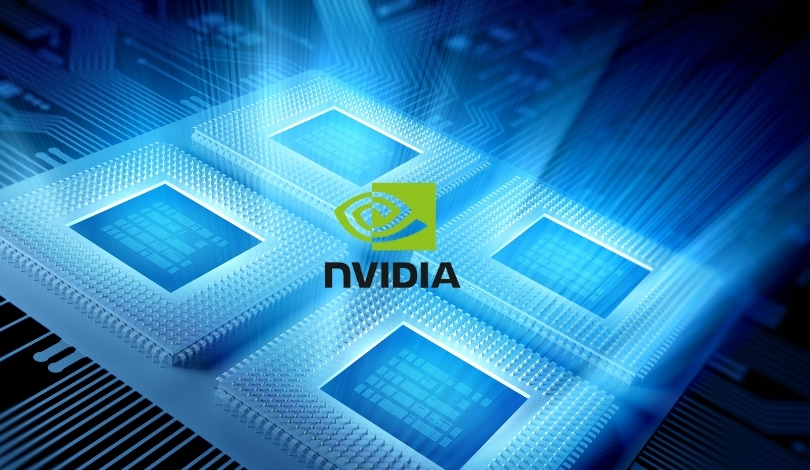Nvidia is set to unveil its latest flagship graphics card during CEO Jensen Huang’s keynote speech at CES 2025. This highly anticipated event promises to highlight significant advancements in GPU technology, catering to the demands of both gamers and professional users seeking enhanced performance and visual fidelity.
Nvidia has consistently utilized CES as a platform for major product launches, establishing a tradition of innovation and leadership in the GPU market. Past releases at CES have often set industry standards, positioning Nvidia at the forefront of technological advancements in graphics processing.
What Enhancements Will the New Graphics Card Offer?
The upcoming graphics card is expected to deliver substantial improvements in processing power, energy efficiency, and support for advanced features like ray tracing and AI-based rendering. These enhancements aim to provide users with superior gaming experiences and more robust tools for professional graphics and computation.
How Will This Launch Impact the GPU Market?
Nvidia’s introduction of a cutting-edge GPU at CES 2025 is likely to heighten competition among leading graphics manufacturers. The advanced capabilities of the new card may spur rivals to innovate more rapidly, potentially accelerating advancements and increasing consumer options in the GPU market.
What Are the Expectations from Consumers and Experts?
“We are excited to bring the next generation of graphics technology to CES 2025,” Jensen Huang said.
Consumers anticipate that the new graphics card will offer noticeable performance boosts and enhanced visual quality, meeting the rising demands of modern gaming and professional applications. Experts expect Nvidia to leverage its technological expertise to deliver a product that not only meets but exceeds current market expectations, reinforcing the company’s dominant position in the industry.
Nvidia’s forthcoming release underscores its commitment to advancing GPU technology. By introducing a graphics card with enhanced capabilities, Nvidia is likely to sustain its leadership role, influence market trends, and meet the evolving needs of both consumer and professional audiences. This launch may also drive innovation across the industry, prompting competitors to develop more advanced solutions and ultimately benefiting end-users with higher performance and more options.










